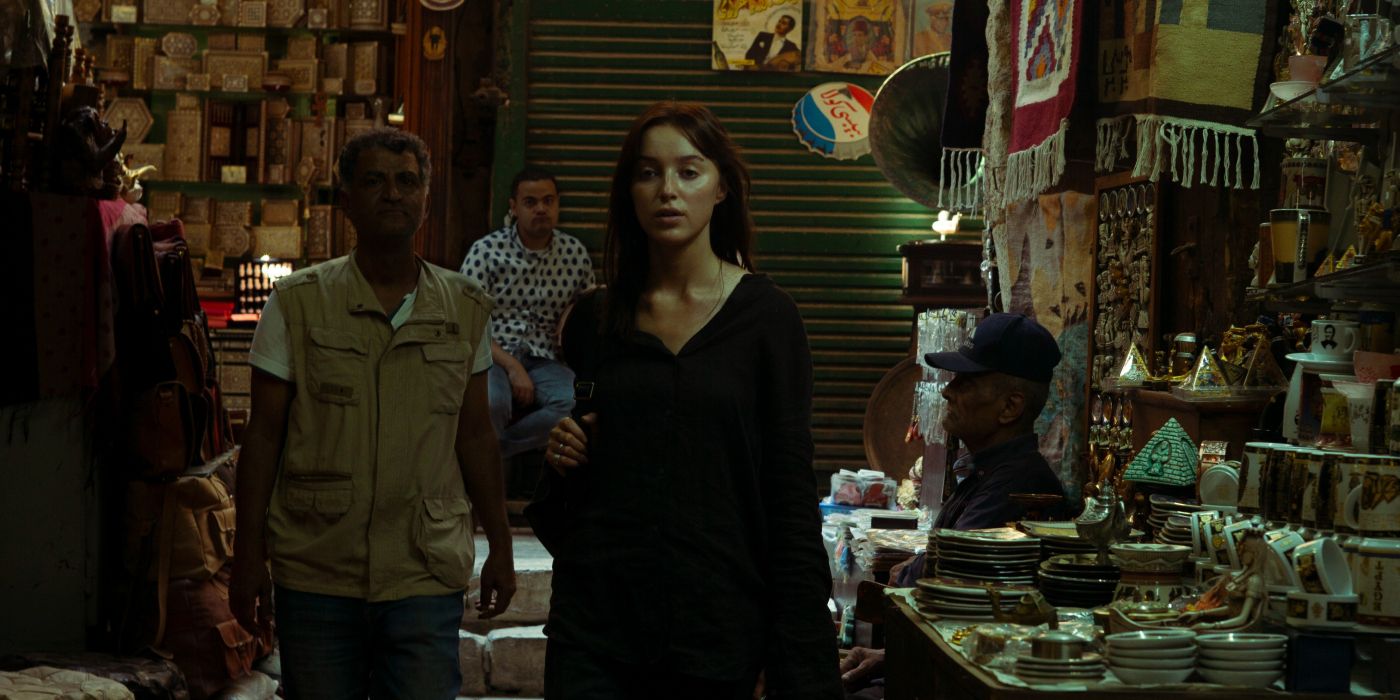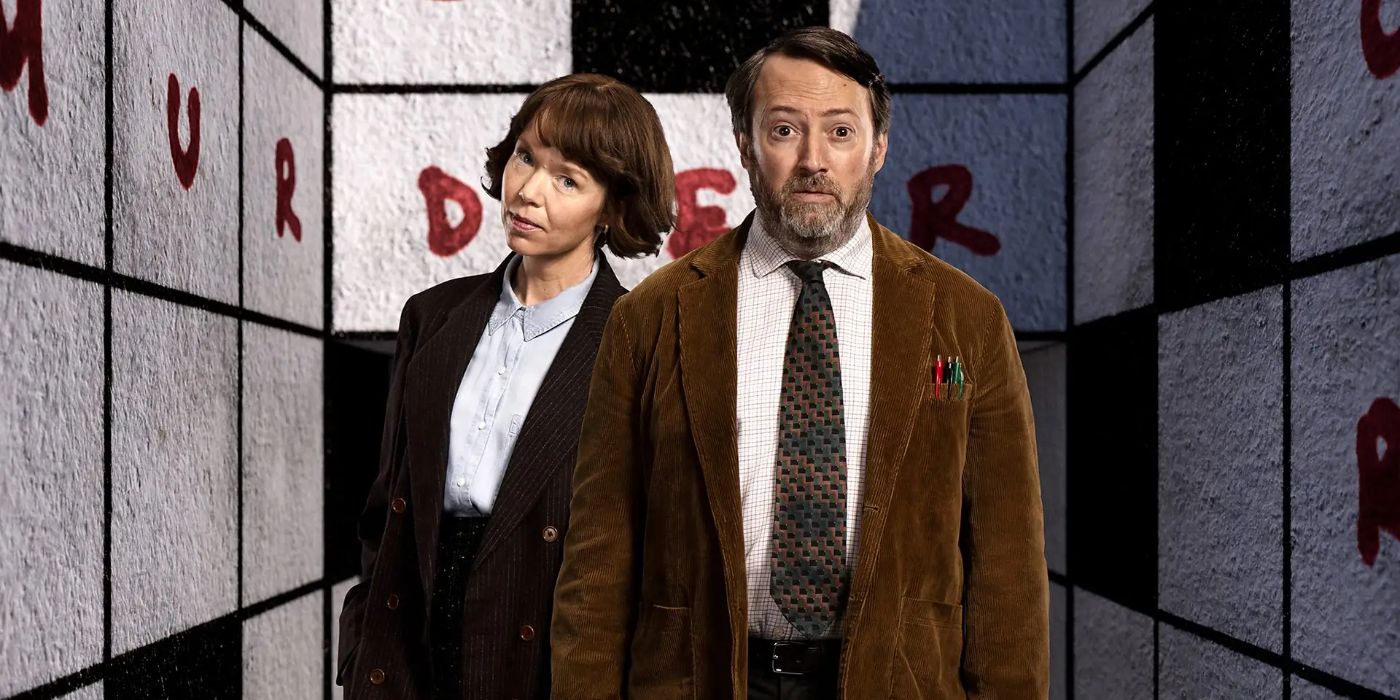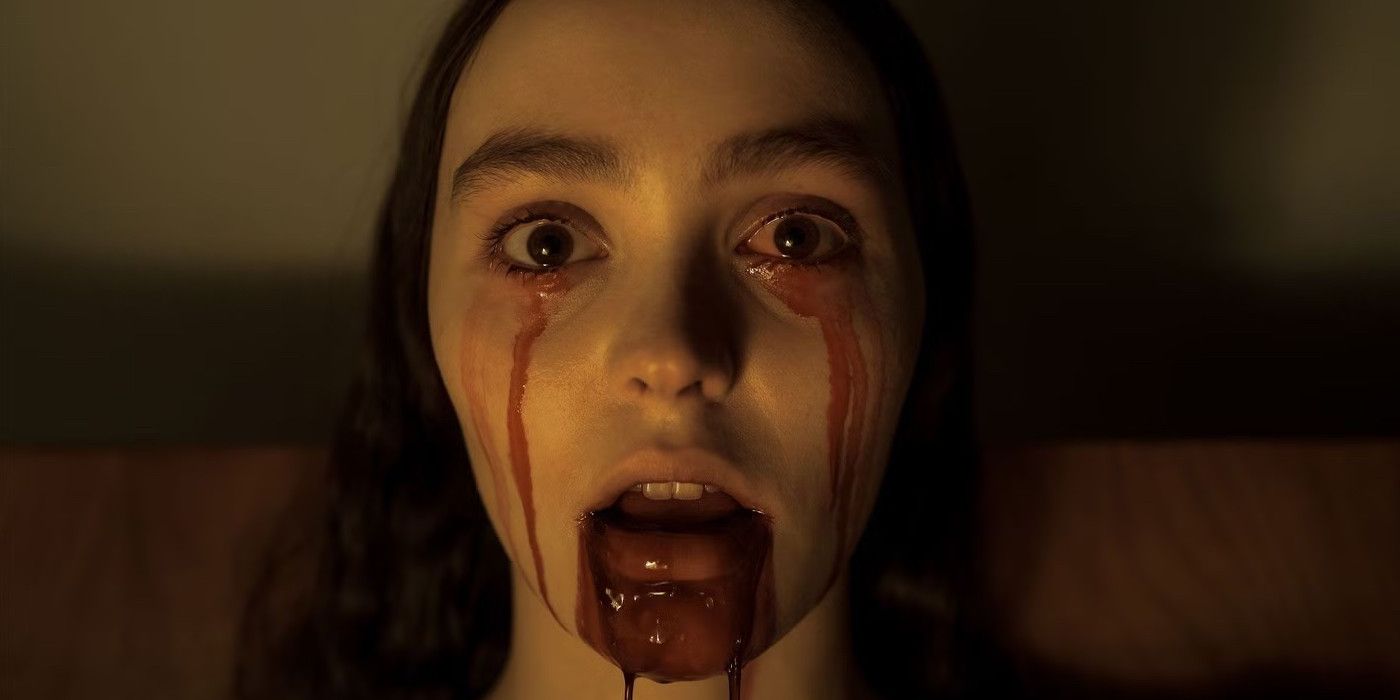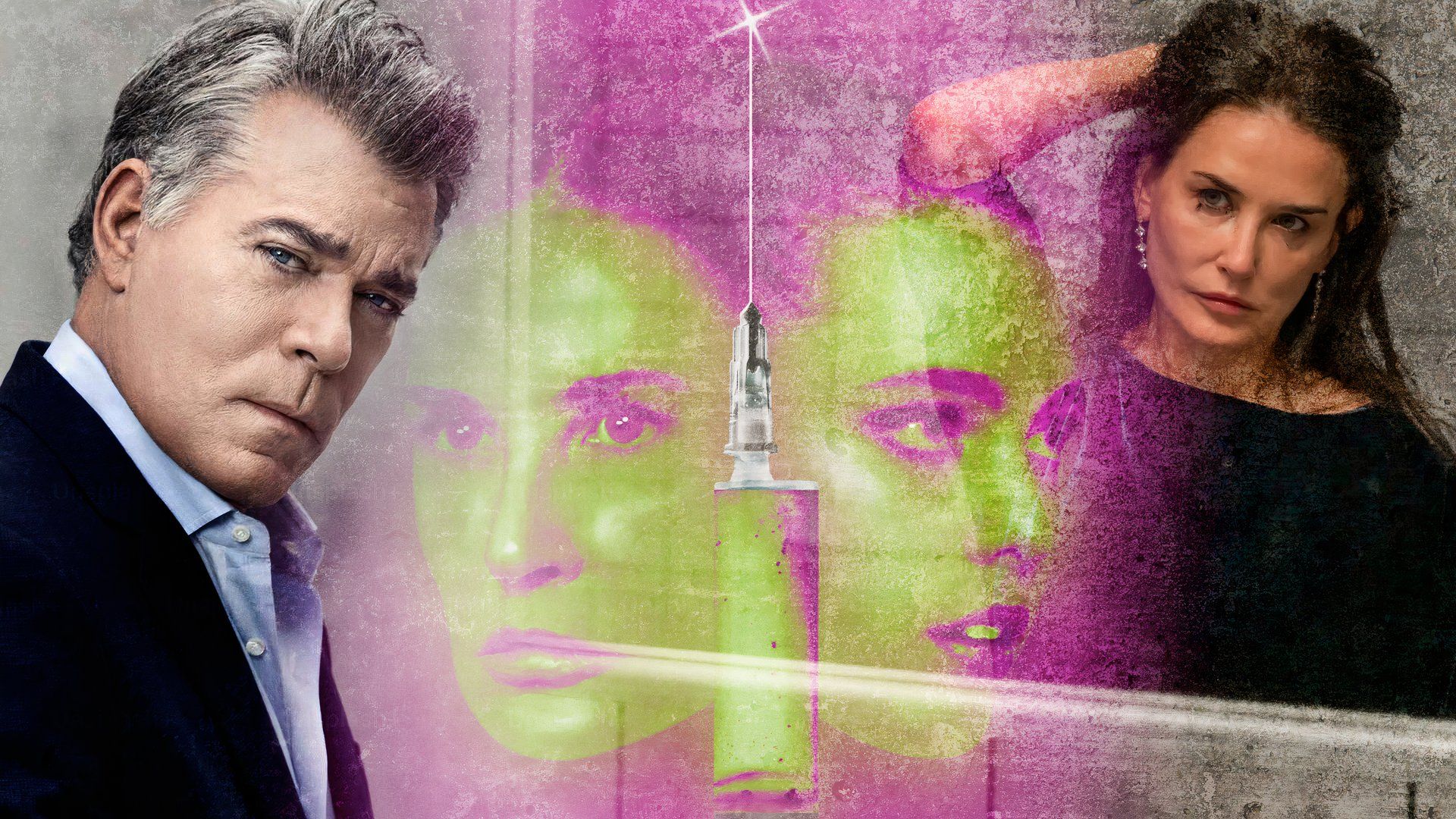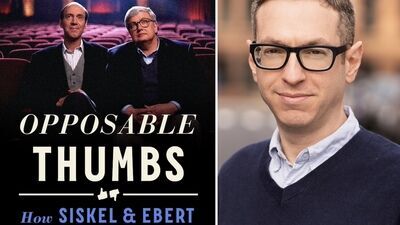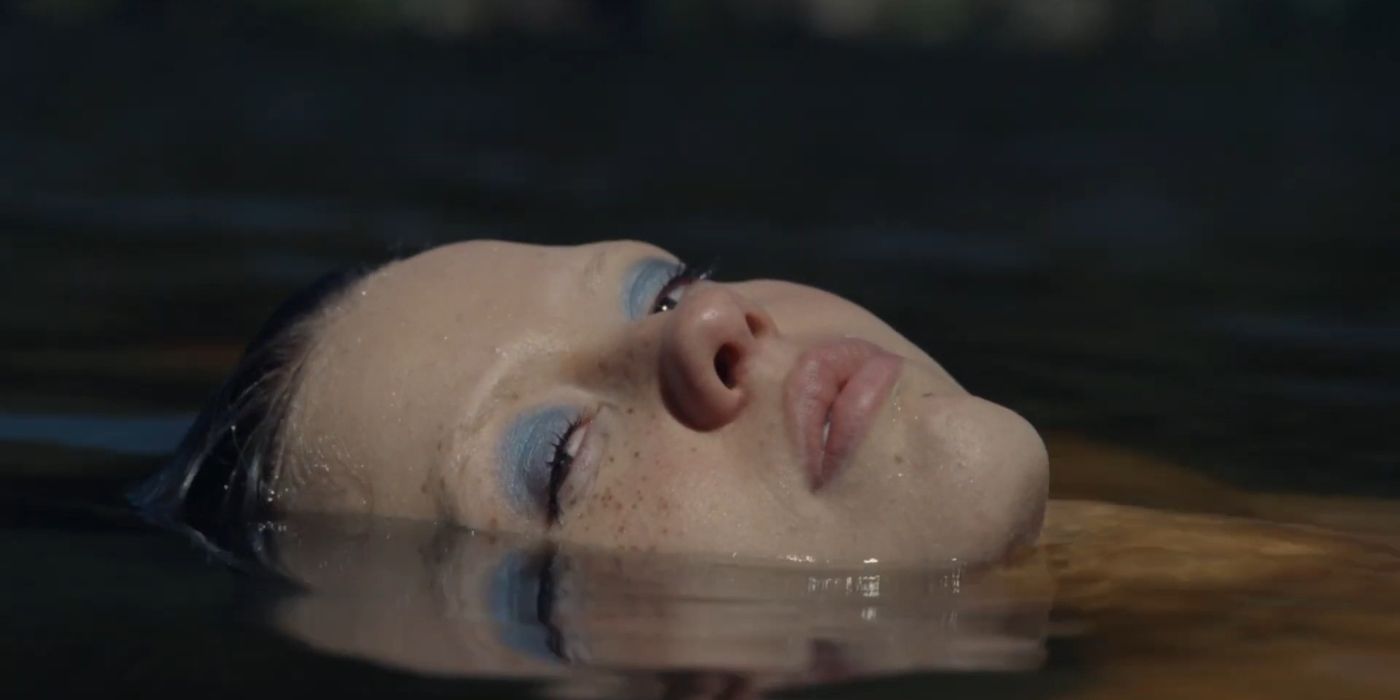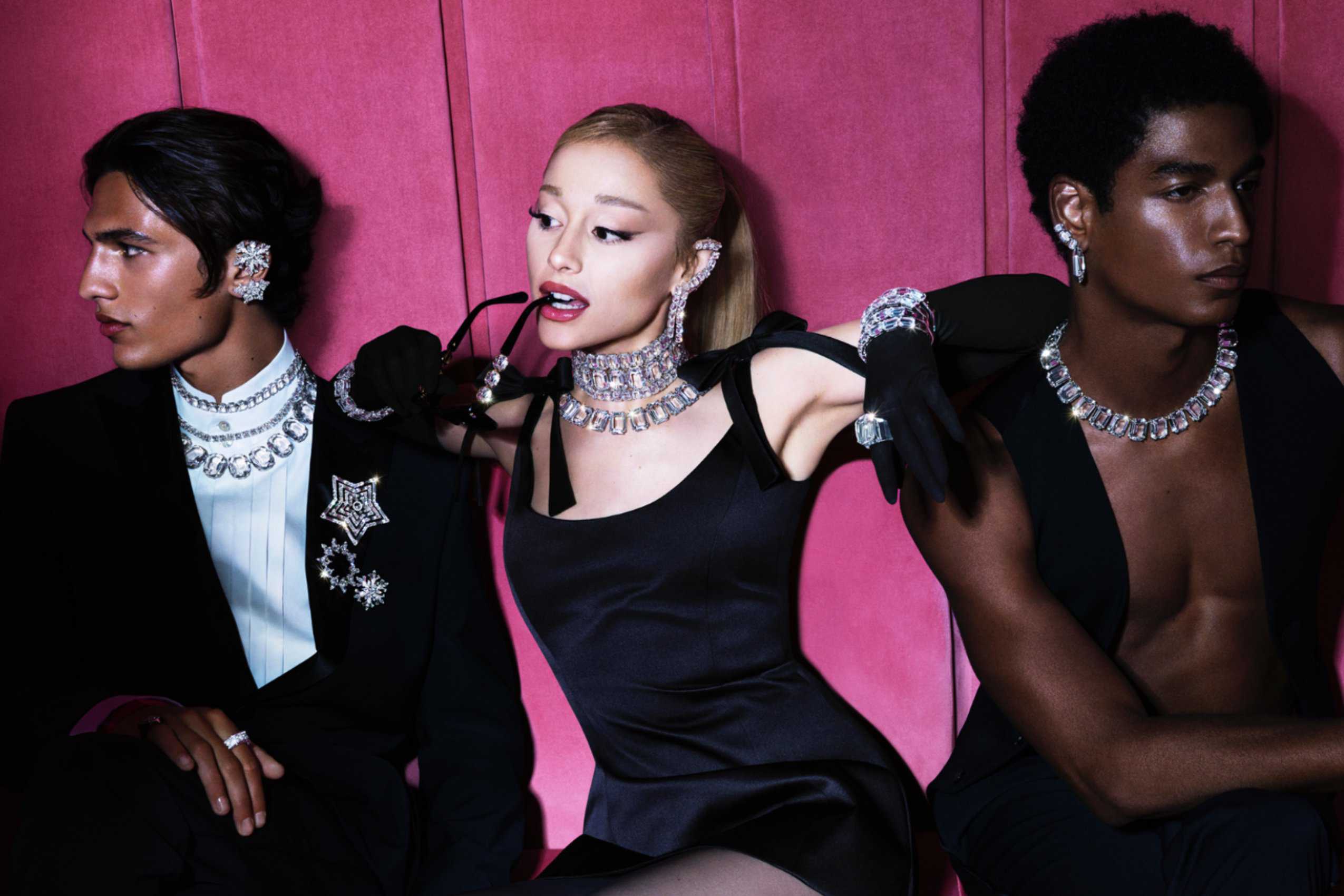Frida is many things to many people. Such is the curse of becoming an icon. Yet, Gutierrez’s film incorporates the many complexities of the artist’s life—from her political awakening during the Zapatista era and subsequent communist activism, her tumultuous relationship with her womanizing husband Diego Rivera, and her many other lovers. On the screen, archival images and dozens of Frida’s paintings and sketches illustrate her story in creative ways. Frida writes extensively about her body, the accident that brought her a lifetime of pain and subsequent ailments and heartbreaks, including a miscarriage. She thumbs her nose at America and the surrealist movement that didn’t respect her idiosyncratic work. The audience gets a sense of the personality behind the canvas: her rebellious streak, her tender side with Rivera, her amorous side with other lovers, the comfort painting provided her.
Beginning with shots of Frida Kahlo painting and smoking in her studio—a noticeably modest space given how significant these works would become mere decades after her death—the movie reveals its stylistic approach. Black-and-white images and footage are sometimes colorized to highlight a figure, most often Frida. Other times, random features in a shot will look as if it were a hand-colored silent film, like a multicolor selection of random hats in a crowd shot. At other points, colors will splash behind illustrations as if dropped from a watercolor palette, saturating the frame in an effort to make it more appealing to today’s viewers who are accustomed to a near-constant stream of moving images almost every time they open their phone. Recreated radio headlines and sound effects like lighting a cigarette and smoking unnecessarily fill the gaps where there was no narration.
This next creative choice will be a divisive one—it may work for some viewers, but for myself, the decision to animate Frida’s paintings ultimately distanced me from the film. Her work is so visually rich, already full of life and movement, this added layer of 3D animated leaves that look like they’re moving or wiggling the arms of the monkeys draped around her shoulders is a misstep, one that I think cheapens the work, dulls the texture of her paintings and distracts from what the artist herself painted within the frame. It reminded me of those grotesque Instagram experiences animating the works of Vincent van Gogh. In “Frida,” a flag waves like an old Web 1.0 gif, a stream of fire looks like a waterfall fountain you’d see in a spa in the ‘00s, and tears are animated to stream down the painting’s face even though the figure is already in agony. It’s as if the film doesn’t trust Frida’s images to speak for themselves.
You can view the original article HERE.


